
Freshwater prawns on ice
The Malaysian or giant freshwater prawn can be marketed live, chilled, or frozen. However, farmers face constraints regarding meat quality deterioration.
Authors carried out a series of experiments at and around Central Luzon State University designed to determine optimal feeding strategies for tilapia.

The Malaysian or giant freshwater prawn can be marketed live, chilled, or frozen. However, farmers face constraints regarding meat quality deterioration.
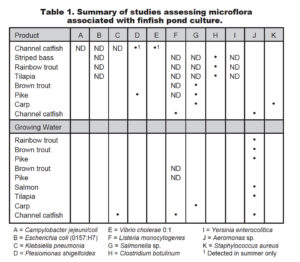
The microbial flora of farmed seafood products, particularly the microorganisms considered human pathogens, are important to individuals and agencies.
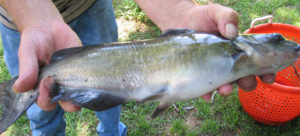
The amount of cottonseed meal that can be included in fish diets depends mainly on its levels of free gossypol and available lysine.
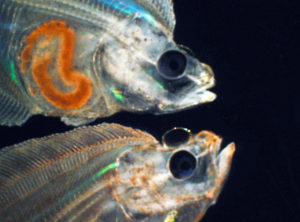
Atlantic halibut juveniles fed artemia in the larval stage often exhibit insufficient pigmentation and lack proper eye migration.
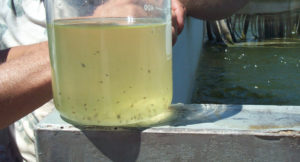
Numerous environmental, social and economic advantages support the expansion of euryhaline shrimp and fish production away from coastal environments.

The regulation of antibiotic use aims to guarantee the safety and efficacy of the drugs for the animals treated and protecting the health of consumers.
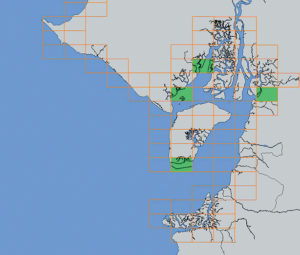
Geographic information systems provide analysis of spatial and temporal datasets in a cartographic form and allow database query and modeling at the same time.

Phospholipids play important roles in maintaining normal cell structure and functions and are sources of second messengers in cell signaling.
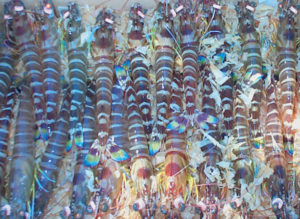
Recent advances in the genetic mapping of kuruma prawns (P. japonicus) have indicated that the female may be the heterogametic sex in this species.

As the industry moves toward the use of domesticated stocks, greater demands will be made on larval shrimp nutrition to support optimum performance.
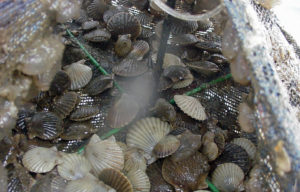
Triploid bivalves have sparked worldwide interest since the 1980s because of their reported enhanced growth, meat content, flavor and disease resistance.
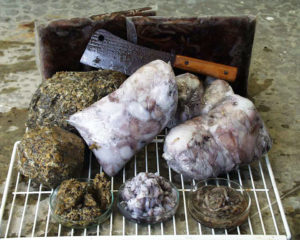
Research into broodstock shrimp nutrition will be a key element in the further use of domesticated and genetically selected stocks for aquaculture.
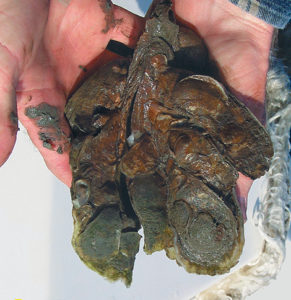
The health of two key oyster species – the American and Pacific – is constantly under threat of parasitic infections leading to diseases MSX and dermo.
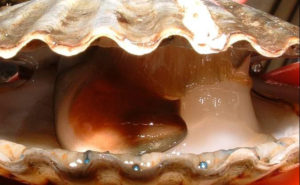
In the 1960s, scientists identified bay scallops as a candidate for aquaculture and established many of the techniques behind current culture methodologies.
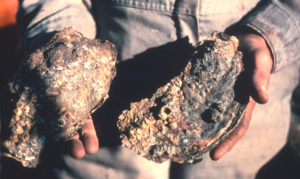
Seafood allergies result in symptoms like hay fever, nausea, vomiting, diarrhea, hives and asthma but some individuals experience severe and occasionally fatal anaphylactic reactions.